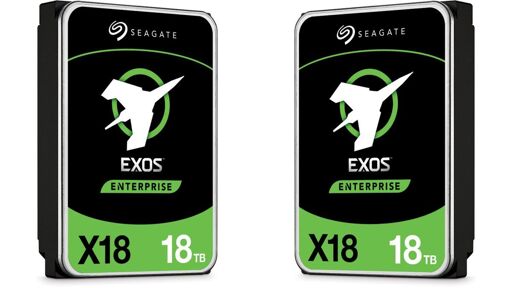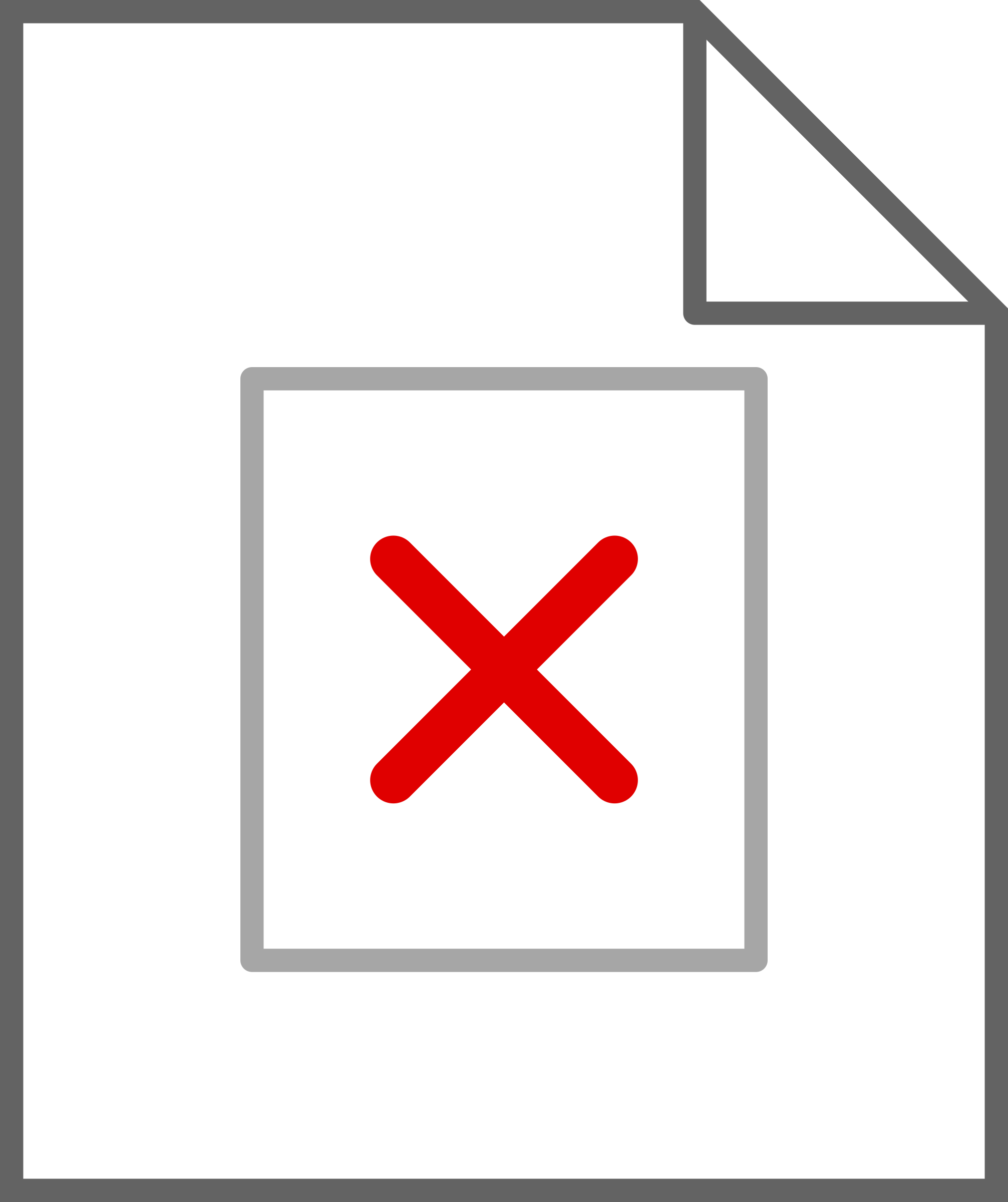what do we call this scandal? seagate? seagate…gate?
Seetor-gate. Because it’s German
Der Meertor-Skandal
Sea(gate)^2
PSA to always run a full length SMART check for any drives you buy, even from OEM. The short test and log are not enough, I have bought faulty drives that someone had reset the logs and power on hours.
All passed short SMART test, but failed long SMART test after only a few minutes. Found just one drive that the skrub forgot to wipe and the log showed 6 continuous years of power on usage.
Even from OEM, you will at least know if the hardware is DOA which you can then RMA.
Probably performs a good burn-in for them too.
Do people still do that? Used to be common practice to power on equipment and let it sit, either idle or full-tilt, for a couple days before even starting to configure it. Let the factory bugs scatter out.
Never heard of that, interesting
Yeah, we did that at my last company to make sure our hardware was up to spec. We deployed an IOT device for long term outdoor installations, so it needed to survive very hot temps. We had a refrigerator we gutted and added heat to, and we’d run a simulation with heavier than expected load for a couple days and tossed/RMAd the bad units.
That was a literal burn in, but the same concept ak applies to pretty much everything. If you build/buy a PC, test the hardware (prime95 CPU test, memtest for RAM, etc). Put it through its paces to work out the major bugs before relying on it so you don’t have to RMA a production system.
Landlord just got me a new washing machine. I’ve been burning it in since Sunday.
I can tell your lieing, because your pants are on fire.
No no, that was the old washer setting pants on fire.
Secondary PSA Seagate use some godawful numbering scheme on their SMART results, if you’re not aware of the fact you need a calculator understand the raw error count it will freak you the fuck out.
Accoirding to TFA these drives all passed SMART tests.
Seems strange as its from several different retailers but seagate confirmed they where refurbished so seems a bit bait and switch but why would so many be doing it?
Either Seagate is doing it or all the retailers get them from the same source (which may not be Seagate) that is doing it or is contaminated by fulfillment pooling
The wholesaler where these are shipped from may have bought a large amount of hard drives from China and Co mingled the stock. Most logical explanation.
they confirmed they were refurbished, as well as the drives were OEM drives (meaning different warranty) so the problem is that someone 100% has a mixed assortment of storage. whether that was on Seagates end or the retailers end (more likely imo to be on the retailers end, as Seagate has their own refurbished drive market they run, and would only be a seagate problem if someone mistakingly shipped a bunch to a retailer) as they are their own source and is not affected by other sources.
I had to send a Barracuda drive back recently.
“It’s fine” said Seagate’s SMART analysis tools.
“Clunk clunk clunk clonk” said the HDD.
I know which of those results I trusted more.
Barracudas are SMR garbage nowadays, they’re coasting on their reputation of many years ago when they were actually decent hard drives for the price.
I only wanted it for a Jellyfin drive. The one thing it could have been useful for and it even failed at that.
Seems like you need to pay the extra for an Ironwolf drive to get an actual “just like the good old days” HDD.
Exos are typically still good drives though if you’re going for storage.
How does one test for this?
There are several programs that can check for disk info (S.M.A.R.T), so I’ll lay out some options for you
CrystalDiskInfo is free to use on Windows
For MacOS (where realistically you’d be doing this for an external drive as I believe they don’t show you much or anything at all on modern internal drives) you can get a free trial of DriveDX. There are probably other programs you can use for free, but if you only need to do it once, just get that because it does a really good job of letting you know what’s up. Just visualizes things in an easily newbie-understandable way.
Since the other answer is desktop use, if in Linux your best bet is
smartctl.There are programs that can check such things as runtime, wear (…).
The Retailers source the drives, and aren’t paying particularly too much attention, they’re not opening what seemingly looks like oem secured retail packaging, and simply having them dropshipped from the wholesaler
Just don’t buy Seagate. Their drives consistently have the highest annualized failure rate on Backblaze reports ( https://www.backblaze.com/blog/wp-content/uploads/2024/05/6-AFR-by-Manufacturer.png ), and is consistent with my experience in small anecdotal sample of roughly 30 drives. This results in a ripple effect where the failed drive adds more work to the other drives (array rebuild after replacement), thereby increasing their risk of failing, too.
If you look at the data, Seagate is also some of their oldest drives, and some of their most used. Likewise, they have almost no WD drives, yet that’s what you recommend below.
I’m not saying you should or should not buy Seagate drives, I’m just saying that’s not what you should be taking away from that data. What it seems to say is that Seagate drives are more likely to fail early, and if they don’t, they’ll likely last a while, even in a use case like Backblaze. Some capacities should be also avoided.
That said, I don’t think this data is applicable to an average home user. If you’re running a NAS 24/7, maybe, but if you’re looking for a single desktop drive (esp if it’s solid state), it’s useless to you because you won’t be buying those models (though failure rates by capacity apply since they likely use the same platters).
https://m.facebook.com/story.php?story_fbid=2069436850145993
50 States, 50 Protests, 1day
Feb 5 @ your downtown.











